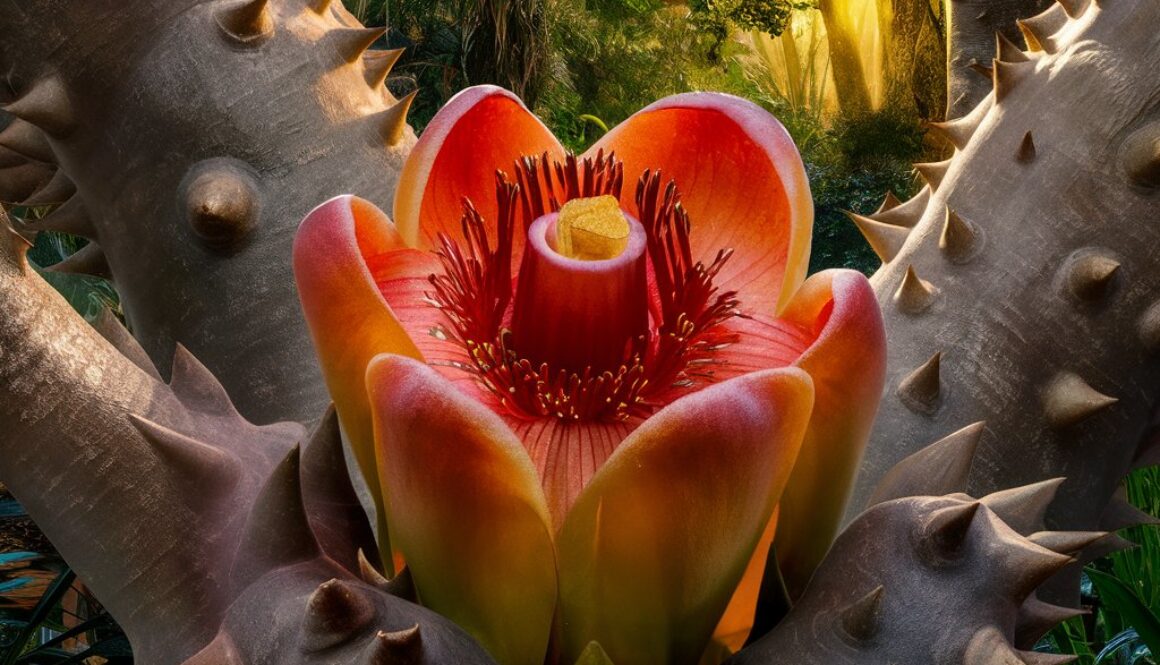Bullet wood
Bullet wood, scientifically known as Mimusops elengi, is a tropical evergreen tree native to South and Southeast Asia. Also called Spanish cherry or Bakul, this tree is renowned for its dense, glossy foliage, fragrant flowers, and edible fruits. It holds significant cultural, ornamental, and medicinal value in many regions.
Part Used: The primary parts of the Bullet wood tree used are its flowers, leaves, bark, and fruits. The flowers are particularly prized for their strong, pleasant fragrance, while the bark and leaves are used for their medicinal properties.
Usage: Bullet wood has diverse applications in traditional and modern practices. The aromatic flowers are commonly used in garlands, perfumes, and religious offerings. In traditional medicine, the bark is valued for its astringent and antibacterial properties, often used to treat ailments such as diarrhea, dysentery, and gum disease. The leaves are applied to wounds and headaches, while the nutrient-rich fruits can be consumed fresh or used in culinary dishes. The tree’s hard, durable wood is also used in construction, furniture-making, and for crafting various tools.
Agrotechniques: Cultivating Bullet wood requires a tropical or subtropical climate with well-drained soil, ideally sandy loam. The tree is typically propagated from seeds, which should be sown in a nursery and transplanted to the field after about a year. Bullet wood thrives in full sunlight but can also grow in partial shade. Young trees need regular watering, although mature trees are quite drought-tolerant. Occasional pruning helps maintain the tree’s shape and encourages flowering. Fertilizing with organic compost enhances growth and fruit production. The tree is hardy and generally resistant to pests and diseases, making it a low-maintenance choice for urban landscapes and gardens.

